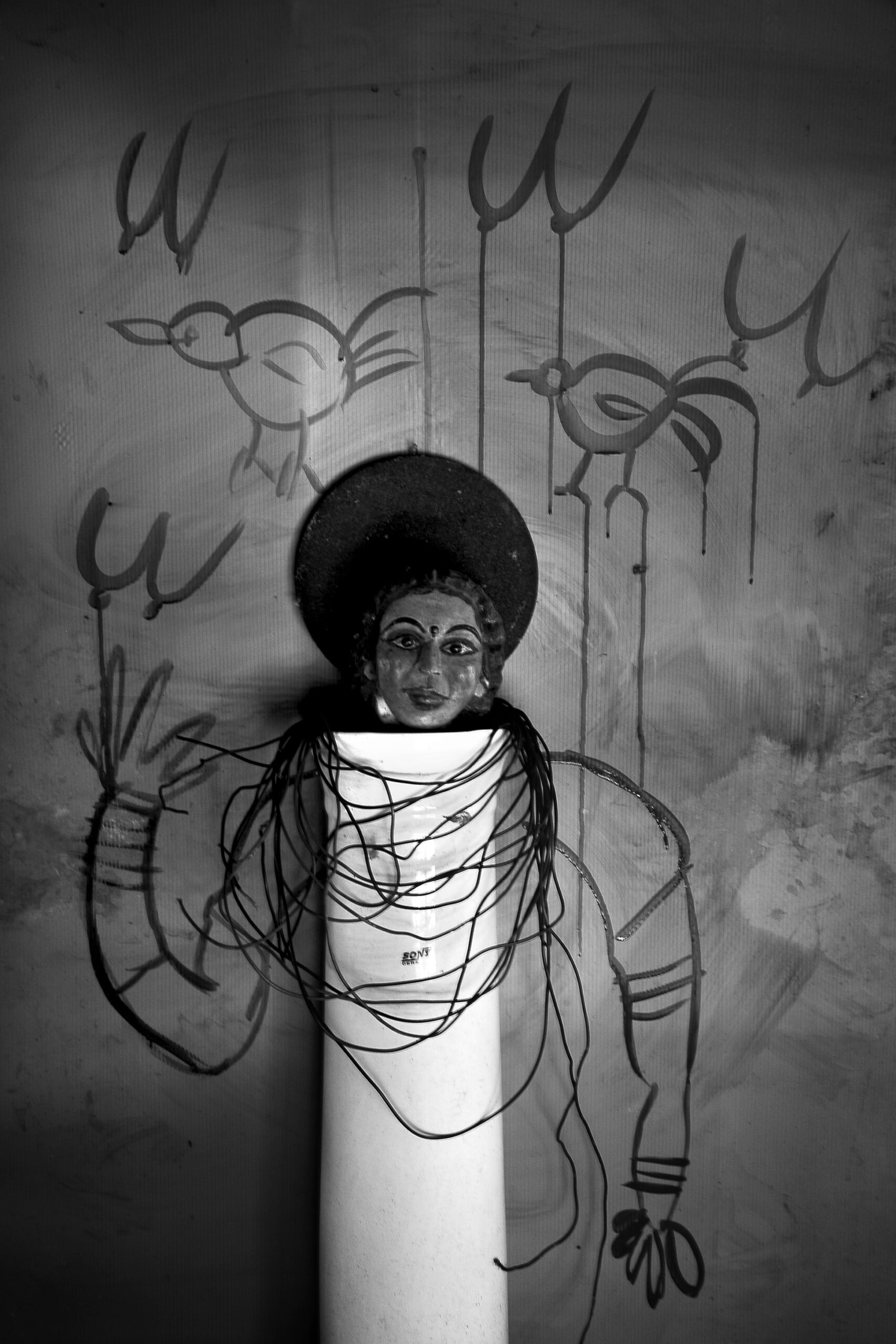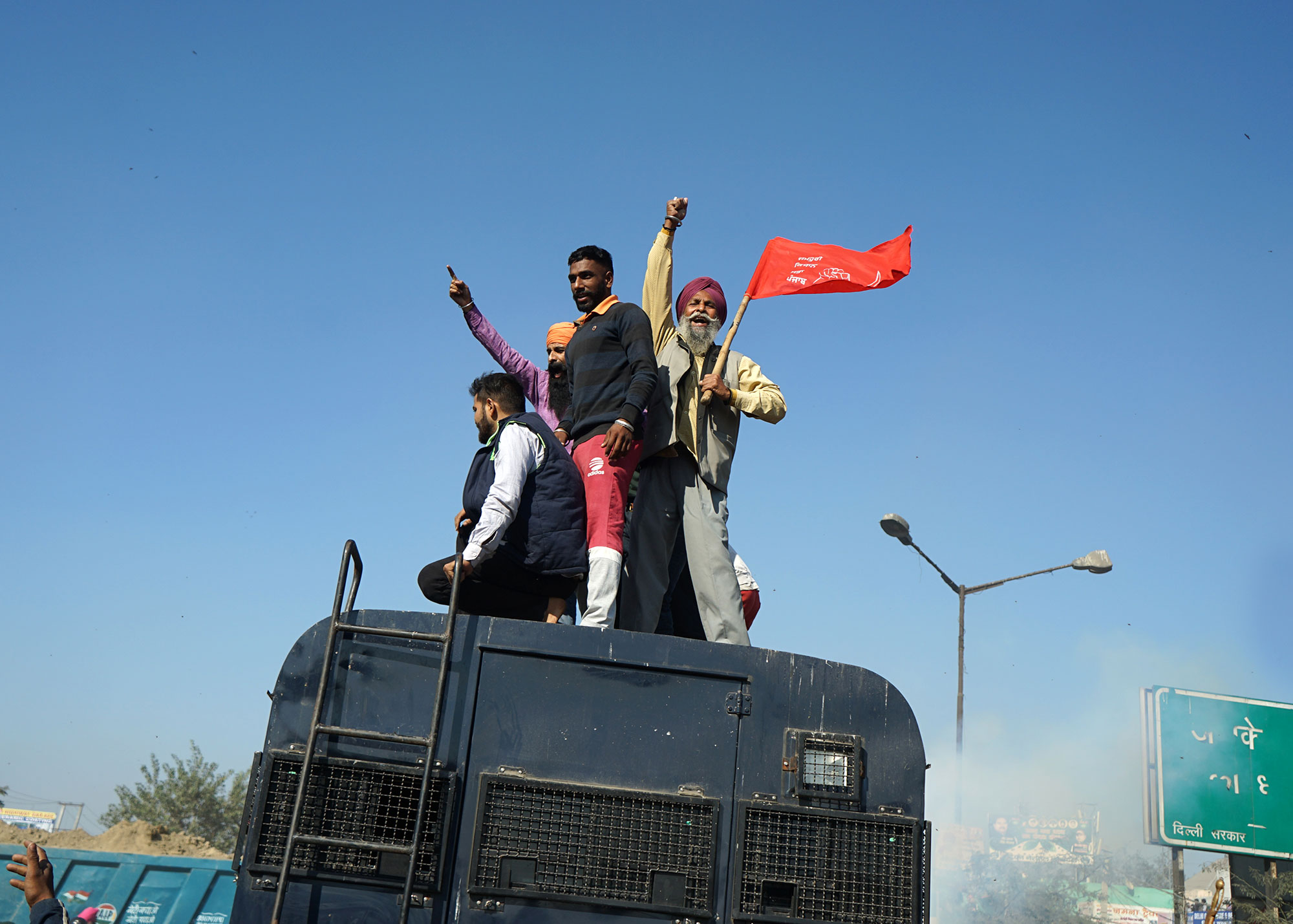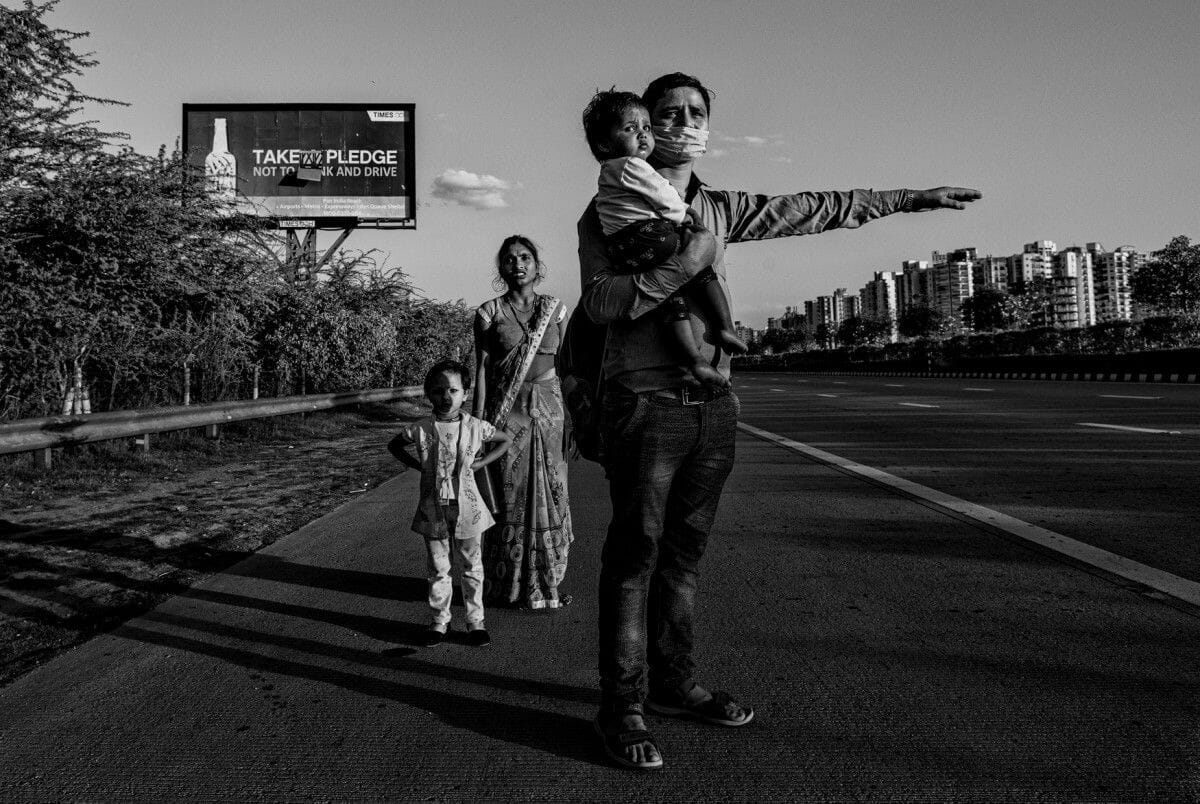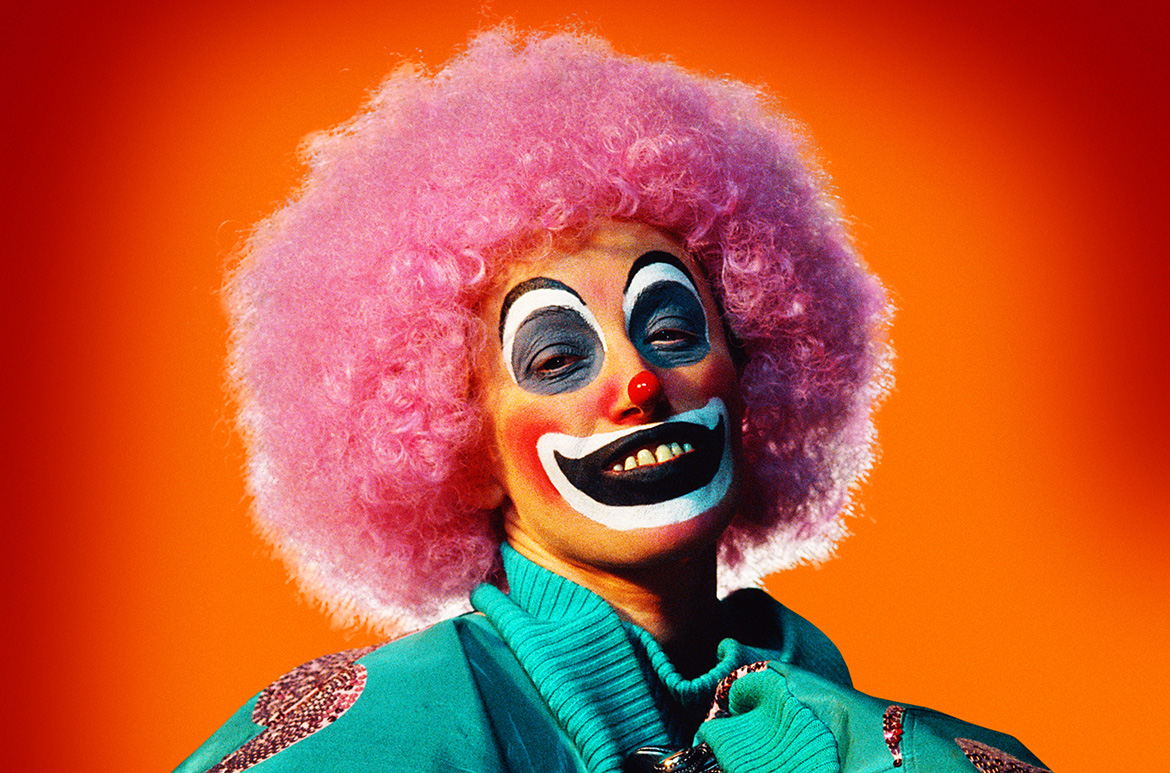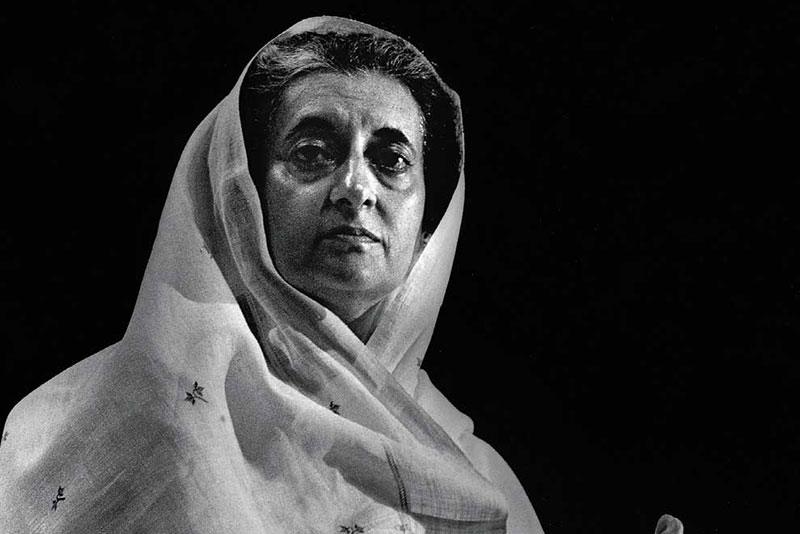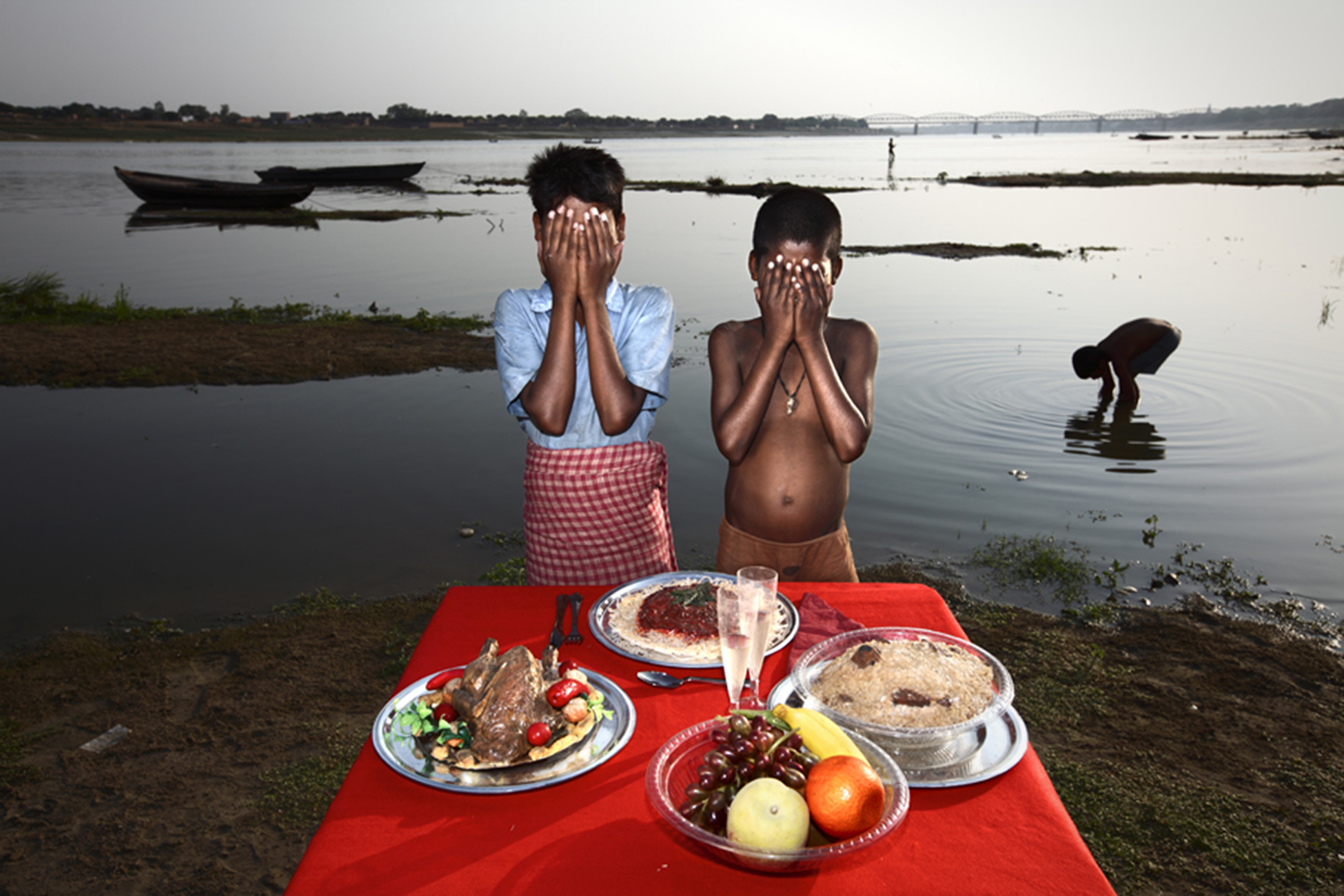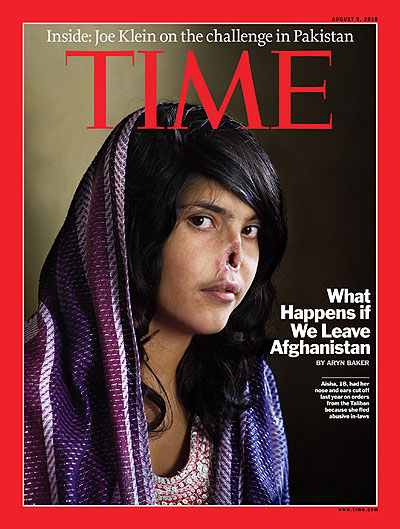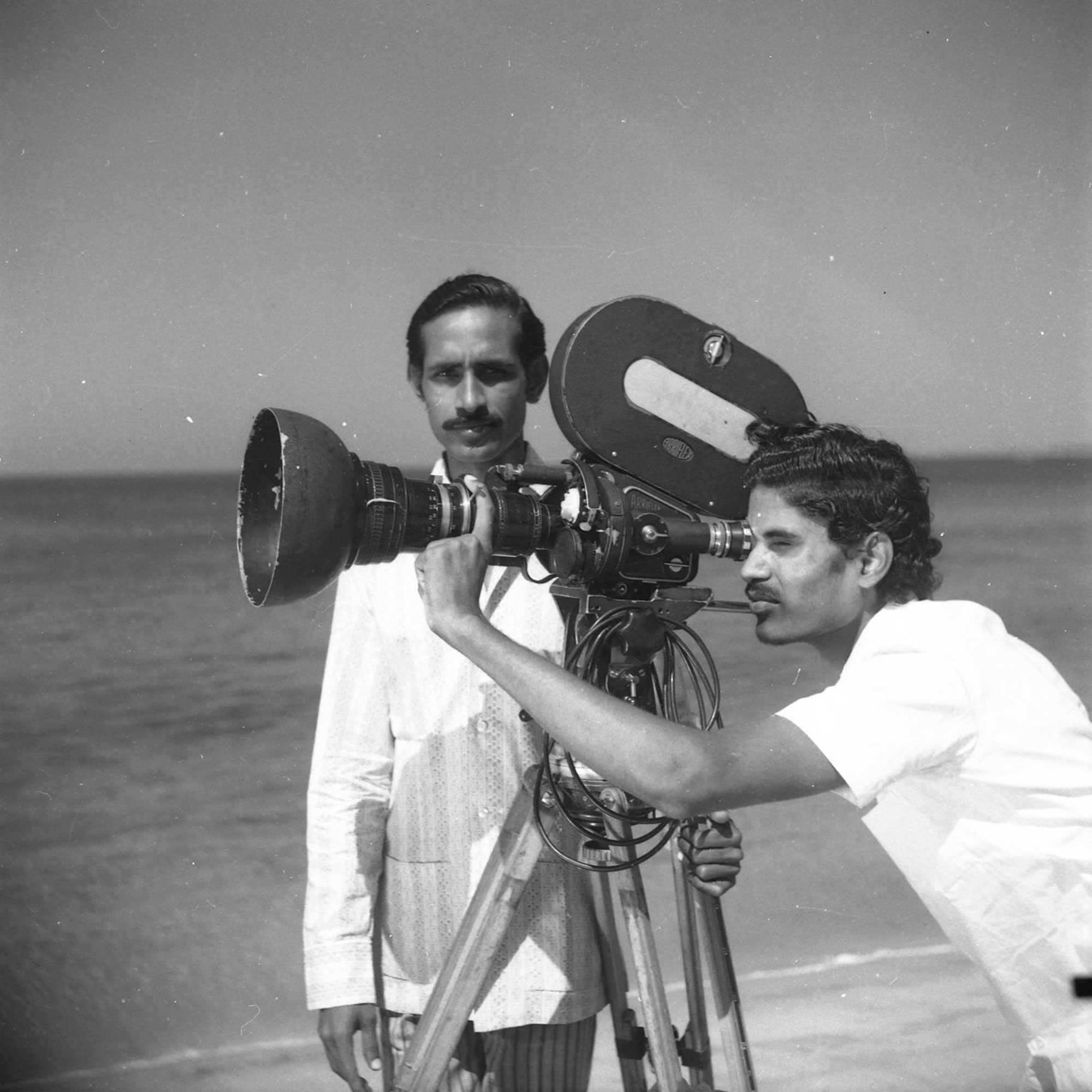Focus
Ideas and Thoughts
Photo Mail focuses on
Contemporary photography
Practitioners, their works, and
Its aesthetics
In the broader context of
Photographic theory and
Philosophy
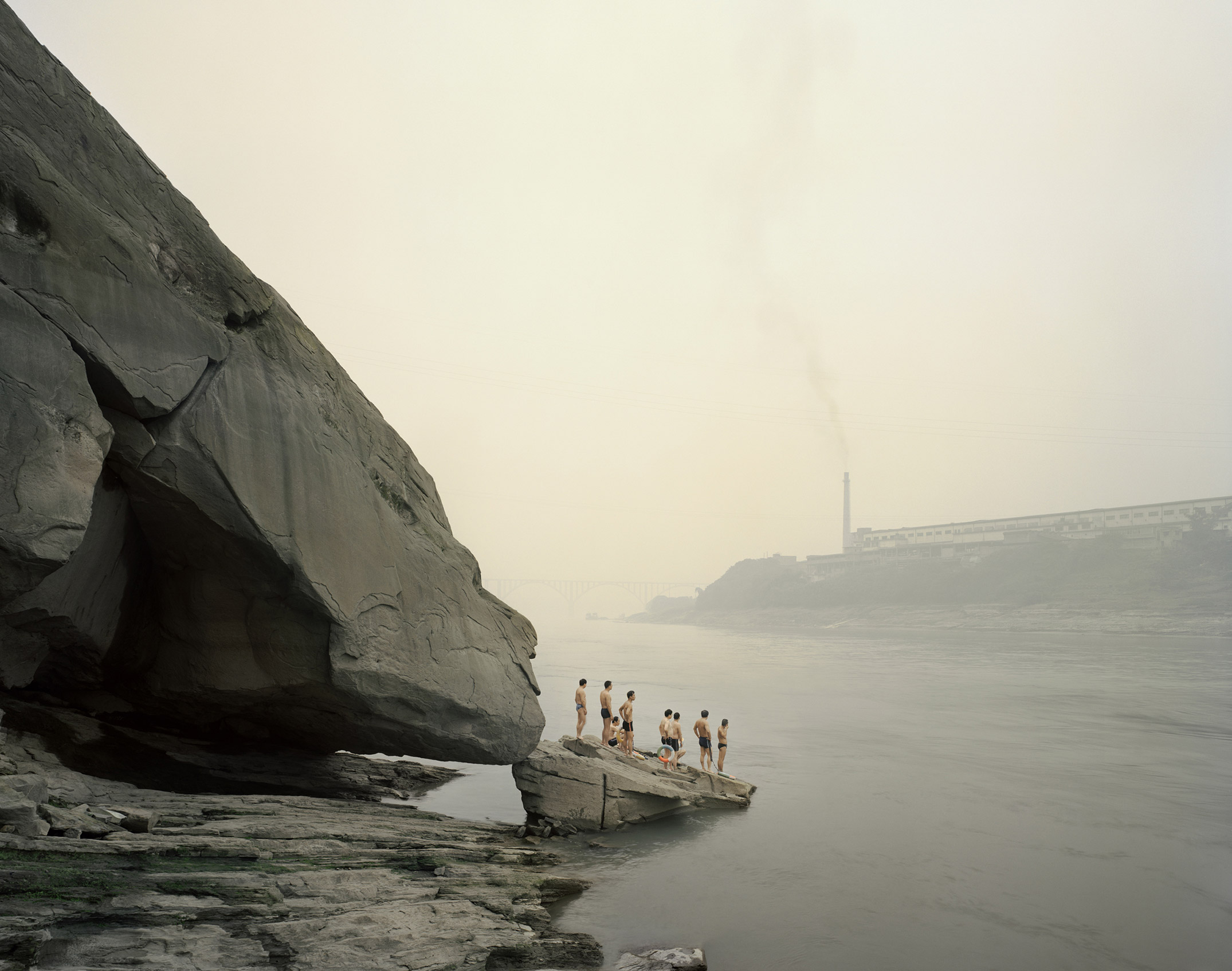
Bathers, Yibin, Sichuan © Nadav Kander
The last decade has witnessed an unprecedented interest in and return to documentary. This is not only visible within art photography but across cinema, theatre and especially television. Indeed, it is the widespread adoption of ‘reality TV’ across culture that has spread almost like an epidemic. The format is very familiar. Multiple cameras record speech and actions (or non-actions) of various, ‘non-actors’. The footage is either broadcast live (via delayed loop) or edited as a finished narrative and broadcast later, or reduced to ‘edited highlights’. Such techniques of image production have become ubiquitous in daily diet of television production. A key reference is the global series Big Brother, first broadcast in 2000 then exported worldwide. It quickly set off waves of a ‘return to reality’ aesthetic, so beautifully exploited by The Office (The BBC drama made to look ‘real’) in 2001, but also critically developed in the HBO TV series The Wire (2002 – 08). The uncompromising scripts, use of ‘authentic’ local stories, local speech dialects and ‘street corner’ visuals create a social realism whose based-on-truth story lines weave social, political and personal stories that make older forms of reality show look totally anachronistic, unreal or even quaint in their portrayal of life. This living aesthetic, descriptive, often cruel and kind, that shows lived contradictions and the sheer strangeness of other people’s lives and behaviors, has de fact become the documentary-oriented vision on our time.
I start with these popular television examples to make the point that the recent surge of ‘documentary’ interest in photography is not simply a fad of the art world or a knee-jerk response to the lack-of-reality virtual modern life of the internet, but a widespread demand ‘to know’ something concrete, to experience ‘reality’. Of course, this begs the question of what reality means, what it is, to whom, or indeed how any form of realism can claim to know or gain access to it. So how do certain forms of photography that advance what might be called the ‘real aesthetic’ claim to give viewers a new or authentic experience of the world?
The eight bodies of photographic works represented in this issue contribute to this type of documentary knowledge about the world, albeit in different ways. Their common ambition: to represent social spaces, people and events in ways that intervene in the understanding of them and consequently also the perception of the world. This demands, on the one hand, a description of the represented world already familiar, on the other, an intervention within it.
The idea of ‘documentary’ goes to the heart of the invention of photography. Historically distinct from painting, the iconic-index-symbol structure of photographs quickly impressed with its capacity to ‘document’ things, a function which today, in an age of photo-copiers and electronic machines that reproduce instantly, is so obvious that it seems banal to even mention it here. While documentary photography originated in the late 1920s, and is founded on the mass technical reproducibility of images (thus documentary belongs to mass media), the primary motivation for documentary was social, not technological. This is also why the term ‘documentary’ seems so vague when trying to define it as a type of photography.
Documentary, or ‘social documentary’ as initially named, was and is the attempt to marshal documents of one kind or another (e.g. photographs, films, writing, sounds) into a form for social purpose. In a now all too familiar critique, the question most often asked of this or that documentary practice is what do the pictures represent? Do these documentary images construct a representation that is ‘accurate’ and ‘authentic’? Is it representative of the things shown? Is that possible? How can we know? Whose interests are advanced by those representations? Exactly what kind of representations are they? What photographic strategies can be adopted or are best to achieve the aims?
Such questions and their interminable circularity have fallen on deaf ears. The imperative ‘to document’ has now become so firmly embedded in popular consciousness everywhere that it is popularly unthinkable in culture today for ‘events’ not to be visually represented by images via cameras, phones, and video. Citizens themselves now fulfill the fantasy of society becoming ‘transparent’, democratically ‘visible’ perhaps even as much as the state. If in this sense ‘documentary’ has become so normal, then it may be said that we need a distinction between the concepts of making documents as ‘mere record’ and ‘critical documentary’ practice, that seeks to intervene in ‘normal’ representations of the social. Yet this distinction is immediately problematic, since the idea of recording something, no matter how uncritical, belies the complex forms of mediation that any photography presupposes, or the way that meanings and contexts change. Furthermore, these critical questions about documentary and what it does cannot be ignored. The ‘what to represent and how to represent?’ is a constant in the very definition of social documentary practice. Since the 1930s, the photographic strategies employed for such documentary projects have varied enormously and it is to these critical strategies that I now turn.
Looking back at the different histories of documentary movements in Europe, the Americas and Africa, the documentary strategies developed via photography have shown a marked commonality. Despite the specific cultural differences, location, politics, ideology and social documentary questions, many practices use similar rhetorical and aesthetic strategies. There is, for example, a common duality between the imperative to describe and the will to narrate. Indeed, a description and narration compete with one another, such that they inform the fundamental matrix of documentary photography aesthetics, their visual doctrines – like the way descriptive and narrative informs the structure of a relist novel. However, visual description and narration demand a quite different strategy to that of novel writing.
In the first instance, much of today’s art documentary work is ‘slow photography’, often using medium or large-format cameras with a tripod, firmly planted and fixed to a particular spot. The points-of-view, chosen by the photographer, are a crucial decision for the signification and later meanings given to the subject matter in the picture. In this process of visual construction, the camera-photographer represents a scene to the viewer like a painter or theatre director constructs a ‘scene’ for actors. In these ‘tableau’ scenes, what is depicted organizes the image of the world. The image functions to represent the space (the disposition of objects, places and people) that creates potential meanings larger than itself. The spatial description provides information, however, ‘neutral’ its appearance, and in this aspect it is the lens that constructs the visual coding as argument of the picture. In contrast, it is the moment of taking the picture via the camera-shutter that gives prominence to the instant and time of the image. In this way, time and space are configured as photographic meanings about the things (objects, places, people) in the picture.
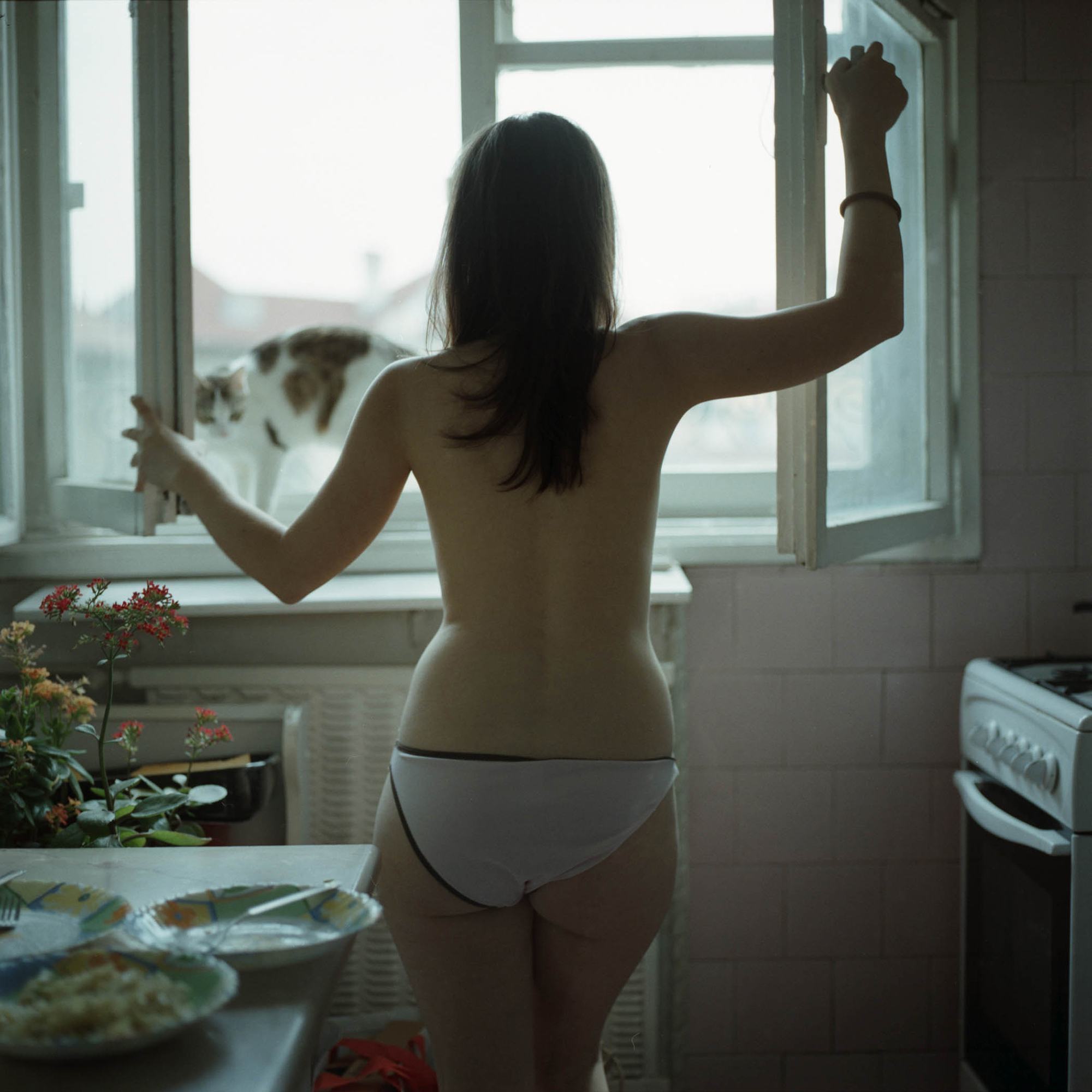
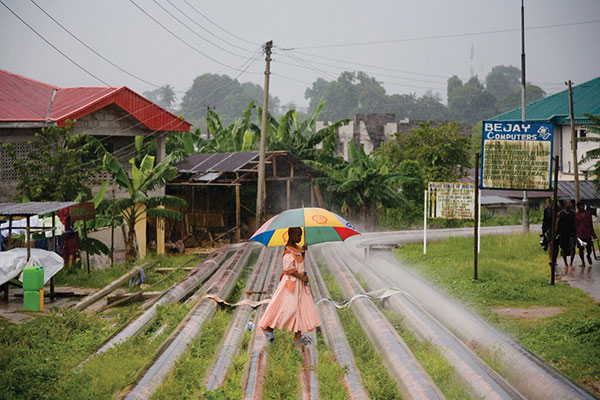
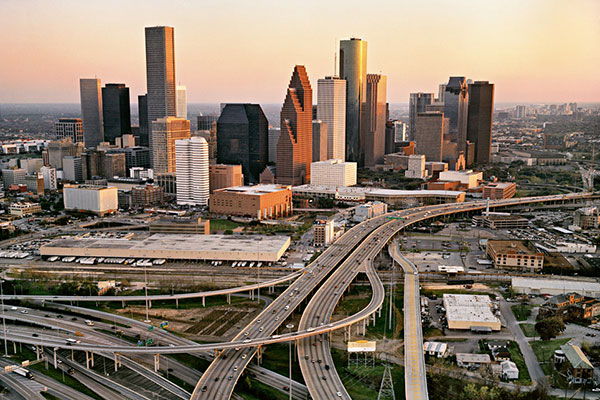
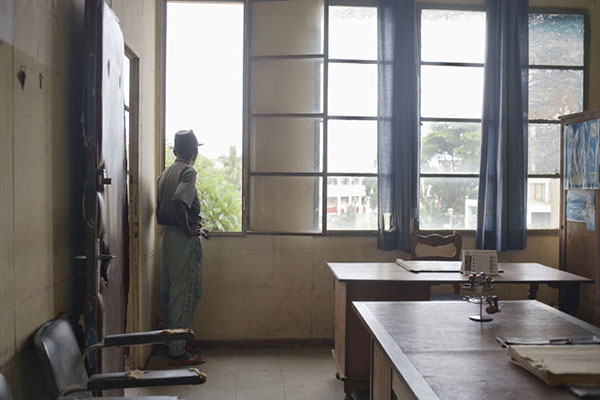
1. Europeans – Untouched by Communism © Dana Popa 2009 | 2. Curse of the Black Gold: 50 years of Oil in the Niger Delta © Ed Kashi 2006 | 3. Highway #7, Downtown Houstan, Texas © Edward Butynsky 2004 | 4. Administration Office, Department of Commerce, Antsiranana, Madagascar © Guy Tillim 2007
Look, for example, the cover image (Bathers, Yibin, Sichuan by Nadav Kander), a scene on the Yangtze River. The picture presents a space with bathers on a small rock, that looks like a chip fallen off the enormous rock formation on the left. In this rhetorical contrast (antithesis) the mighty stature of nature looms large over these tiny figures. Dwarfed by the size of the natural forms, the juxtaposition makes the people almost seem like survivors on their own tiny island, isolated from the land (and large rock). In another contrast these figures of ‘leisure’ are set against the hazy space of tumultuous works – the industrial plant behind on the right. Nature and culture, the sharp contours of nature on one side of the river versus the fog of industry on the other, here is the rhetorical argument of the picture: the tiny human figures at leisure are positioned literally between nature and work, and also, figuratively, between ‘a rock and a hard place’. The descriptive power of photography lends such scenes an authenticity, encouraged by the temporal moment depicted: the trail of smoke caught from the chimney (industrialization) and the bathers’ figures stilled on a rock (a convention for ‘contemplation’). It is easy to imagine they may jump in the water any time soon. Do they hesitate? Are they, like myself, wondering: is it polluted? The depicted scenario works against the clichéd images of Chinese as millions of uniform workers dutifully busy at work, here shown ‘at leisure’; an argument made by the photographer.
In other work, the spatial descriptive power of photography is also privileged, for example, in the work of Edward Burtynsky and Dave Wyatt, where the positioning of the camera creates visual arguments about the human constructions of space, their vast scale and monotony. Guy Tillim’s work also emphasizes the spatial dimension, but with fleeting glimpses of the humans who use them, whereas in Ilan Godfrey’s work the humans are more central, both occupying and imprisoned by their spaces. Teresa Eng contrasts these elements, figures and spaces, whose separation in different photographs makes us work to understand their relationship. Elsewhere the temporal dimension is more privileged, often seen as a subjective viewpoint of psychological reality, as in Ed Kashi’s work, where the humans appear either threatening or occasionally dreamlike in the violated environments. In Dana Popa’s work a human psychological view is taken up in dialogue with domestic space, more leisured that the images of misery in Romania from the past. Yet whatever the emphasis in the time-space configurations across the images on these pages, these are all critical views that present visual arguments.
Roy Stryker, the infamous curatorial figure behind the FSA (Farm Security Administration) commissions of the famous documentary photographers of the US 1930s Depression – people like Walker Evans, Dorothea Lange, Ben Shahn and Arthur Rothstein – sent these photographers out to look for what he called the ‘significant detail’1 . His photographers were instructed to look for specific things that would signify general situation through details. The documentary camera has to abstract or filter something from the fleeting material world and ‘frame’ it, visually mediate it into social meanings. In other words, good documentary photographs use ‘significant detail’, a strategy that uses metonymy.
So it might be said that good documentary images are those that create an allegorical sense, a picture with a non-literal significance, a meaning and point beyond literal content. An allegorical meaning, a sort of social punctum, triggers a public emotive response to the literal scene2 . All good documentary photographs generate this implicit commentary, where the content and form are combined, harnessed together to make a ‘bigger picture’ and meaning.
Herein lies the responsibility of social documentary as representation, its claims to ‘truth’ and veracity. The issue of being representative is arbitrated, not by some final universal of hidden truth, but by the court of social opinion. Today, many years after the invention of documentary as a public and popular visual practice the whole discursive community (photographers, editors, and audiences alike) share skepticism about ‘truth’. No longer, for example, is the smile of a factory worker necessarily taken to mean happiness, but rather the zealous ambition of photographers or agents to picture the world as functioning and happy. Now smiles are ironic, caustic, or simply a tacit acknowledgement of the camera and photographer, less than any sign of sincerity. In the idealized world of propaganda (the wish for overt political persuasion), an idealized world covers over the social world. In contrast to propaganda, ‘social realism’ portrays the world created by humans as permanently in antagonism with itself, reflecting, revising, re-evaluating what is made of the world. Documentary is never really something to be considered as arm of ‘the state’, but rather as something that irritates it. Like the images here, documentary is conflictual, may unsettle the viewer in different ways, as good work always should. The proliferation of documentary images inhibits uniformity; they have, in short, a democratic effect.
_____
Notes:
[1] See: Alan Trachtenbetg, ‘Signifying the Real: Documentary Photography in the 1930s, The Social and the Real: Political Art of the 1930s in the Western Hemisphere, eds. Alejandro Andreus, et al (Pennsylvania State University, 2004).
[2] The notion of a punctum is used in Roland Barthe, Camera Lucida (LondonL Fontana, 1984) to indicate a personal ‘affect’ triggered by certain photographs. I have added ‘social’ here to indicate the possibility that the affect of the punctum may also be a common rather than personal experience, hence a social punctum.
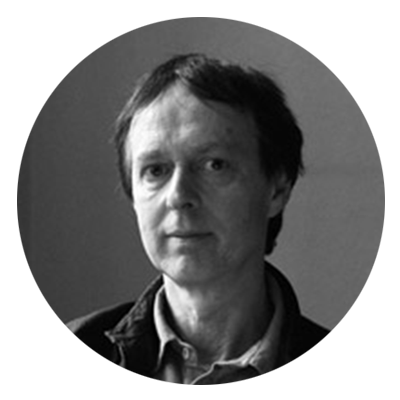
David Bate is a visual artist and writer based in London, UK. Widely known for his work in and on photography, art & avant-garde culture, he was one of the first UK photographic artists to experiment with digital photographic processes in the 1990s. His many writings include the books ‘Photography and Surrealism’ and ‘Photography: Key Concepts.’ He is currently serving as Professor of Photography at the University of Westminster, London, UK.
Published on July 2, 2017
Share
Related Articles
A Canvas of Motions
Young photographer Arun Inham's A Canvas in Motion combines photography, theatre, and performance, is one of those projects that fall within the scope of now-trending experimental and conceptual photography practices. This body of work was done during the pandemic lockdown period. Confined within a small space, he interestingly stages objects and stitches them together as an image. These works were showcased at the Images of Encounter online group exhibition, which would be Arun Inham's first show.
Dilli Chalo: Ready for the long haul
As part of the ‘Dilli Chalo’ protest called on November 26 and 27, lakhs of farmers, laborers, and small traders decided to march from Punjab, Haryana, western Uttar Pradesh, Madhya Pradesh, and other states towards Delhi. During their attempt to reach Delhi, the farmers faced warlike resistance from the Indian government at two inter-state borders. Protesters occupied several miles of highway with their tractors and trolleys.
The Long Walk to Home: A Critical Reading
During the corona pandemic lockdown, India saw its migrant workers walk in an ardent will to reach the safety of their homes… History repeats itself, they say. Well, not exactly the same situation, but during Indian’s partition, thousands of Muslims and Hindus had to cross over – in search of a new home in unknown terrain. Seen through the photographic eyes of Margaret Bourke-White and Sunil Janah – the horrifying events of Indian Partition 1947 comes alive – once again in the Corona days – much more violent, cruel, and gruesome. It is a stark reminder that even after 70 and odd years of independence, India still has not healed itself of poverty, inequality, and oppression.
Perspectives on Photography
What we normally forget is that the lens of a camera sees more than the normal human eye is capable of. The clarity and the depth in a photographic image are taken for granted as we considered the camera as an extension of our eyes though what it sees is an abstracted or unperceivable image for the naked human eye. Seeing more or seeing in detail foregrounds the notion of abstraction because the form captured by the camera is only partially visible and its comprehension, in the normal course of our ways of seeing, is difficult.
Iconic Faces, Zooming into Raghu Rai’s photographic practice
Portrait photography is one of the areas where Raghu Rai has displayed mastery, and where he has revealed his own deepest convictions about the medium. Photomail investigates photographs of four spiritual and political leaders made by Raghu Rai, seeking to find what patterns run beneath the surfaces of these images.
Indian Photography’s (Conceptual) Poverty and Reality
Alessio Mamo’s series of photographs titled ‘Dreaming Food’ was shot in Uttar Pradesh and Madhya Pradesh in 2011, in which he tried to illustrate the contrast in the manner food was wasted in the West “especially at Christmas time”, and the widespread poverty that he saw in parts of India. The series was exhibited in Delhi Photography Festival in 2013, but when he posted images from the series during his takeover of World Press Photo’s Instagram handle as one of its awardees of 2018, a public debate erupted around the nature of his work and its political correctness. WPP has since issued a statement in which it clarifies the guidelines for its Instagram takeover, which is a benefit given to its award winners. But Indian print and online media subsequently took up the issue and it has been given wide coverage, with experts, photographers, and commentators weighing in from all sides. Now that all the arguments for and against have been brought out, PhotoMail takes a look at this issue in the broader context of poverty representation in India.
Power, Democracy and ‘Other’ Women
Photography, after the Second World War and McCarthyism, was consciously pushed into the sanitised spaces of Art galleries and Museums away from its past as a concerned, conscience-pricking tool. We were told by institutional gatekeepers like the Museum of Modern Art in New York that Photography was only about Itself. It was an Art form that was about navel-gazing photographers and about flattened formalist fields. Photography was not supposed to exist outside its own frame.
Stills Still to Fade, Immortal images of NL Balakrishnan
Does a photo carry a meaning? Like a memory which has a meaning, photo doesn’t in itself have a meaning. Stills don’t speak but they are not dead as such. They evoke memories and memory evokes the meaning behind the image. - NL Balakrishnan


